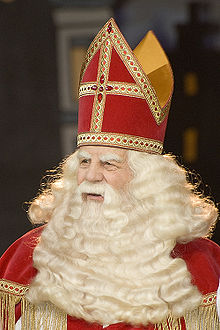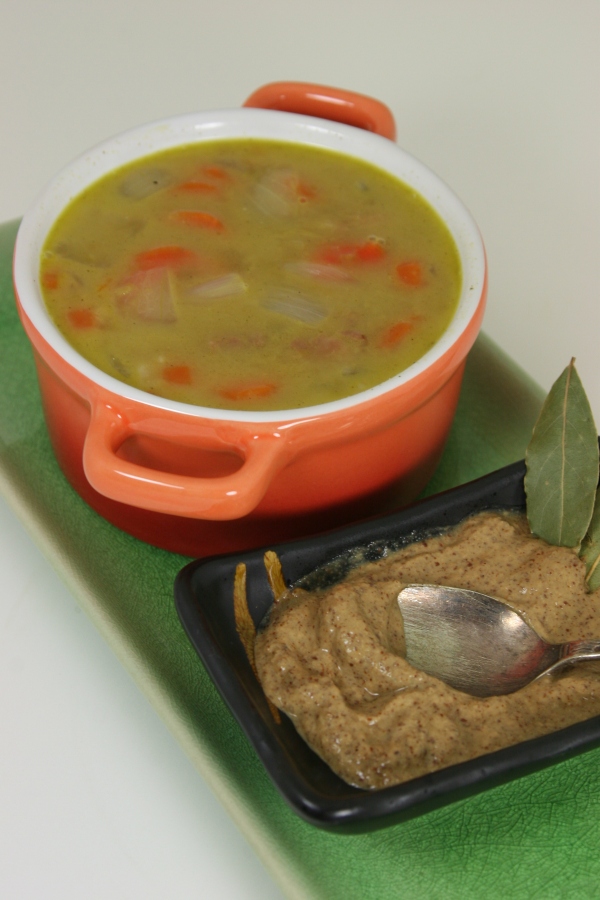
Hello hungry travelers! We are heading to Skandinavia today and the region of one half of my heritage. The other half lies in the Emerald Isle and we will get to Ireland eventually. Today we explore the country and flavors of Finland! In truth my family most likely traces back to Norway or Sweden, but who is counting anyhow?
To get to Finland from Fiji we must circumnavigate the globe. The best route takes us through the Indian Ocean heading westward and through the passage of the Red Sea, the Suez Canal, the Mediterranean Sea and into the Atlantic Ocean where we turn to the north. The British Isles lie in our path and after we bypass them we head through the channel above Denmark and into the Baltic Sea. The northern most part of the Baltic is the Bay of Bothnia and the eastern shore of this body of water marks the border of Finland – land of Christmas.
 Finland is regarded as the home of Saint Nicholas or Santa Claus, living in the northern Lapland region. Above the Arctic Circle, there is a polar night, a period when the sun does not rise for days or weeks, or even months. Lapland is so far north that the Aurora Borealis, atmospheric fluorescence, is seen regularly in winter.
Finland is regarded as the home of Saint Nicholas or Santa Claus, living in the northern Lapland region. Above the Arctic Circle, there is a polar night, a period when the sun does not rise for days or weeks, or even months. Lapland is so far north that the Aurora Borealis, atmospheric fluorescence, is seen regularly in winter.
Overall, Finland is a world leader in many categories including health, economic dynamism, education, political environment and quality of life. Finland has also been ranked the second most stable country in the world and the first in the 2009 Legatum Prosperity rating. In 2010, the World Economic Forum deemed Finland the 7th most competitive country in the world.
A relative latecomer to industrialization, Finland was primarily agrarian until the 1950’s. Today it is the least populated nation in Europe and one of the largest in terms of landmass. Most of the population lives in the southern part of the country near the capital of Helsinki.
Finnish history is tied to the two great superpowers that neighbor it, namely Russia to the east and Sweden to the west. Prior to 1809, Finland was part of the greater Sweden and composed all of modern day Sweden and Finland and the land surrounding the Gulf of Bothnia. From 1809 to 1917 Russia invaded the area known as Finland and it became a grand duchy of the Russian Empire.
The Finnish famine of 1866–1868 killed 15% of the population, making it one of the worst famines in European history. (The Irish potato famine 1845-1852 killed 1,000,000 of the population and caused another 1,000,000 to emigrate, reducing the country’s population by 20-25%.) The famine led the Russian Empire to ease financial regulations, and investment rose in following decades. Economic and political development was rapid. The GDP per capita was still half of that of the United States and a third of that of Britain.
 In 1918 the series of conflicts between Finland and Russia that would culminate with full autonomy and independence from Russia began. The civil wars between the Whites(supported by Germany) and the Reds(soviet sympathizers) tore the country in two and the victory of The Whites saw thousands of Reds thrown into internment in camps.
In 1918 the series of conflicts between Finland and Russia that would culminate with full autonomy and independence from Russia began. The civil wars between the Whites(supported by Germany) and the Reds(soviet sympathizers) tore the country in two and the victory of The Whites saw thousands of Reds thrown into internment in camps.
Independence in Finland was official in 1919 with the borders between Russia and Finland drawn in the Treaty of Tartu in 1920. Finland fought Russia twice in World War 2 but remained officially neutral during the Cold War period. Despite a few periods of economic recession, Finnish life has been one of agriculture, equity and peace.
The national dish of Finland is called Hernekeitto, or Finnish Green Pea soup. I grew up with this simple peasant stew and love its rich earthy flavor. It is traditionally served with a hearty peasant bread and we often serve it over white rice. Simple to make and wonderful to eat (if not to look at) Finnish folks might add a mustard to finish the soup ladling it into the salty stew to give it some acidity. I am using a stone ground brown mustard. It is an excellent addition!
I could easily see this dish being served by Mrs. Claus the day after Christmas…

CLICK HERE FOR A PRINTER FRIENDLY VERSION
Rating:
Appearance: 2 out of 5 (what can I say, it’s green pea soup)
Aroma: 5 out of 5
Flavor: 5 out of 5
Total: 12 out of 5
Ingredients
6 – 8 portions
2.5 liters water (or substitute chicken stock for more flavor)
500g dried peas
500g smoked bones or knuckle (savupotka)
(2 dl cream) (about 1 pint)
2 onions
3 carrots
2 laurel leaves
½ tsp black pepper
1 tsp marjoram
1 tsp salt
Preparation
Steep the peas in water over night. (Some peas require no soaking) Pour out the water, rinse the peas well and strain the remaining water from them. Pour water into a saucepan. Add peas and smoked bones or knuckle. Cook at a low heat for approximately 2 ½ – 3 hours or according to directions on peas.
Remove the smoked bones or knuckle from the saucepan, separate the meat and cut into small pieces. Peel and chop the onions and carrots and add them to the saucepan together with the meat pieces, cream (for a smoother taste if you wish), black pepper, marjoram and salt (as much as needed for your liking).
Cook at a low heat for 30 minutes. If you wish, you can season the soup with a little mustard.


Eric Ackerson is a food writer, blogger and seafood marketing professional. His work takes him to many ports of call around the world. Currently Eric is cooking the national dish of every country on Earth at his blog My Hungry Tum. Eric enjoys travel and says his favorite food cities are Singapore and Vancouver. He lives in Charlotte NC with his wife and two daughters who he says are quickly becoming “foodies” themselves…








